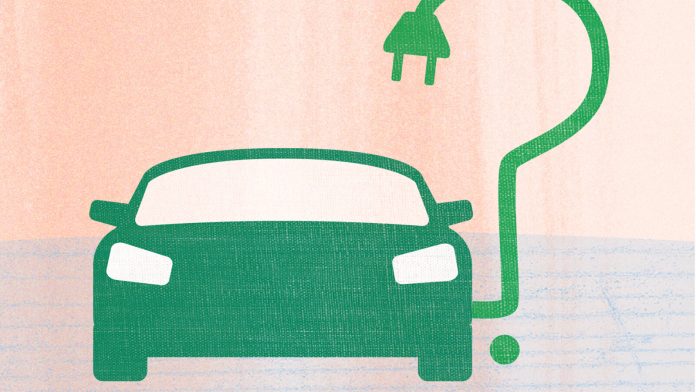By Tirthankar Mitra
Demand for electric vehicle batteries is on the rise as the world shifts towards a greener future. Together with it, the requirement for lithium, a key component in electricity vehicle batteries and renewable energy storage has skyrocketed.
A piquant situation has arisen from this elliptical rise in the demand curve for lithium. Chile, home to one of the largest lithium reserves in the world, is facing the environmental impact of lithium extraction. It is a startling reality. The environmental fallout of the extraction of the critical mineral can be traced to Atacama desert, one of the driest coastal deserts in the world.
It’s salt flat is sinking owing to lithium mining. Even as the mineral fuels our green ambitions, its principal source in the supply chain is posing a threat to a unique and fragile ecological system. The sinking is the direct impact of the lithium-rich brine. The south west part of the salt flat is sinking at the rate of 1 to 2 cm per year as it is this part of the area where the mining is most intense.
It is insignificant at a first glance but deserves a second glance, a long hard look, as long-term implications are alarming. One wonders where to draw a line. Lithium, also known as “white gold” is one of the most sought after metals on earth.
The extraction process involves pumping salt-rich water to the surface and into a series of evaporation ponds to eventually obtain lithium. A mineral and a metal, lithium is a crucial component of the world’s game plan to tackle climate change.
A key component of rechargeable batteries, powering electric vehicles, it has other takers. It powers laptops and mobile phones. Deformations in the Earth’s crust at Atacama salt flat have been noted in a study between 2020 and 2023 by researchers of University of Chile. It is happening as the pumping takes place at a faster rate than the recharge of aquifers. It leads to subsidence or downward movement of the Earth’s surface.
A desert is a dry place and Atacama is no exception. The brine evaporation method to produce lithium requires vast quantities of fresh water, not at all plentiful in Atacama. It takes 2000 tons of water to produce one ton of lithium in Atacama, a ratio which spells a downward journey for the area, according to a 2020 study by Ingrid Garces, a researcher of the University of Antofagasta, Chile. The eco system is further endangered by sulphuric hydroxide which is used for lithium extraction.
The huge water extraction takes place and individual and urban communities are parched. The use of acid and chemical to extract lithium contaminate soil and water is common.. It boils down to the fact that depletion of fresh water and brine is much more than an environmental problem to the indigenous populace and the local flora and fauna. It is an issue linked to their survival.
One pins hope on new technology. This is Direct Lithium Extraction which involves injecting groundwater after lithium is extracted. But it is in the experimental stage. The challenge remains to balance the growing demand lithium with the need to protect the fragile ecological system and the indigenous communities not to forget the plants and animals of Atacama.
So far, lithium mining has a greater priority. Even as one wishes for a balanced approach, a feasible way is yet to be navigated. For now, let caution and responsibility be the twin key words to lithium extraction. Otherwise, it is fraught with grave environmental risks.
The world is accelerating towards a future powered by renewable energy. But it is imperative to acknowledge that all green technologies require environmental costs. And lithium extraction at Atacama is certainly risky. Time is ripe for all the stake holders to consider the fallout of resource extraction sourced from vulnerable ecological systems.
Pursuit of a green future cannot be done at the expense of the environment. Atacama demands it from the policy makers, industry honchos and consumers driving electric vehicles, using mobile phones and laptops. (IPA Service)


